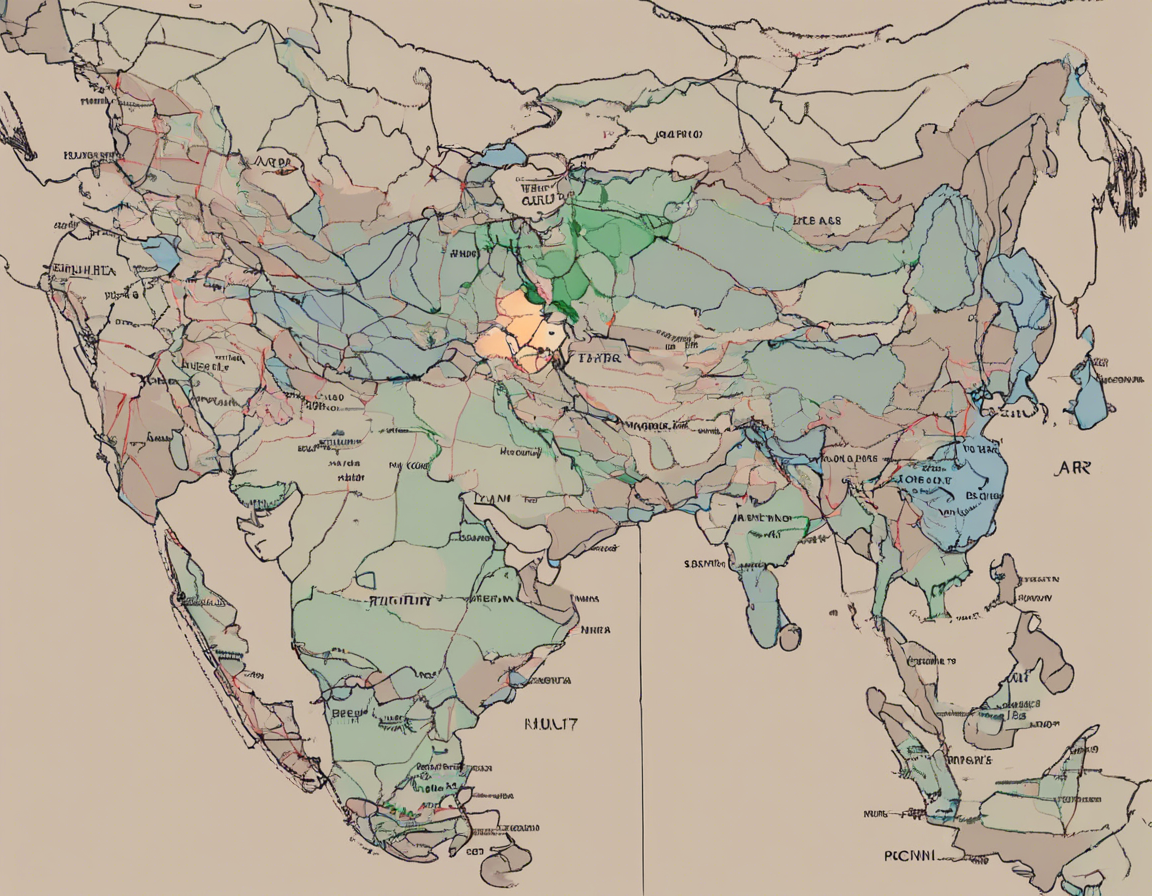In this comprehensive guide, we will delve into the dynamics of the SAR to INR exchange rate – a crucial aspect for those involved in international trade, travel, or financial investments between Saudi Arabia and India. The exchange rate between the Saudi Riyal (SAR) and the Indian Rupee (INR) is of paramount importance as it affects the cost of goods, services, and investments between the two countries. Understanding the factors influencing this exchange rate is essential for making informed decisions in the global economic landscape.
Factors Influencing the SAR to INR Exchange Rate
1. Economic Indicators: Economic indicators such as inflation rates, GDP growth, trade balances, and interest rates play a significant role in determining exchange rates. A strong economy usually translates to a stronger currency and vice versa.
2. Political Stability: Political stability in both Saudi Arabia and India can impact investor confidence, which in turn affects the exchange rate. Political unrest or uncertainty can lead to a depreciation of the currency.
3. Trade Relations: The trade relationship between two countries can impact their exchange rate. For instance, a trade surplus in Saudi Arabia could lead to an appreciation of the SAR against the INR.
4. Market Speculation: Market speculation and investors’ perceptions of future economic conditions can influence the exchange rate in the short term. Positive speculation can lead to a stronger currency.
5. Central Bank Interventions: Central banks in both countries play a crucial role in controlling the exchange rate through interventions such as buying or selling currencies in the foreign exchange market.
6. Global Factors: Global events such as geopolitical tensions, economic crises, or natural disasters can have a spill-over effect on exchange rates worldwide, including the SAR to INR rate.
Understanding Exchange Rate Quotations
Exchange rate quotations can be direct or indirect. In the case of SAR to INR, a direct quotation would specify how many Indian Rupees are needed to purchase one Saudi Riyal. On the flip side, an indirect quotation would state how many Saudi Riyals are required to buy one Indian Rupee. Understanding these quotations is essential for accurate currency conversions.
Calculating Exchange Rate Movements
Exchange rate movements can be calculated using historical data and technical analysis. For instance, if the SAR to INR exchange rate has been appreciating over time, it might indicate a strengthening Saudi Riyal compared to the Indian Rupee. Traders and investors often use this data to predict future movements and make informed decisions.
Impact on Businesses and Individuals
The SAR to INR exchange rate has a significant impact on businesses and individuals engaged in cross-border transactions. For businesses involved in international trade between Saudi Arabia and India, a favorable exchange rate can lower costs and improve profitability. However, a volatile exchange rate can lead to financial uncertainties and risks.
Individuals traveling between the two countries also feel the effects of exchange rate fluctuations. A strong SAR relative to the INR can make travel and imports from Saudi Arabia more expensive for Indian tourists and consumers. On the other hand, it can make exports cheaper for Saudi Arabian buyers.
FAQs (Frequently Asked Questions)
1. What is the current SAR to INR exchange rate?
The current exchange rate between the Saudi Riyal (SAR) and the Indian Rupee (INR) fluctuates daily and can be checked on financial news websites or through currency exchange platforms.
2. How often do exchange rates between SAR and INR change?
Exchange rates are determined by market forces and can fluctuate multiple times throughout the day based on various economic factors.
3. Can I predict future exchange rate movements between SAR and INR?
While it is challenging to predict exchange rate movements with certainty, traders and analysts use historical data, economic indicators, and market trends to make informed predictions.
4. How does the SAR to INR exchange rate affect international trade?
The exchange rate between SAR and INR directly impacts the cost of imports, exports, and investments between Saudi Arabia and India, influencing profitability and competitiveness for businesses.
5. What strategies can individuals or businesses use to mitigate the risks of exchange rate fluctuations?
Individuals and businesses can consider using forward contracts, options, or hedging instruments to protect themselves against the risks of unfavorable exchange rate movements.
In conclusion, the SAR to INR exchange rate is a vital aspect of international finance that impacts businesses, travelers, and investors alike. By understanding the factors influencing exchange rate movements and adopting appropriate risk management strategies, individuals and organizations can navigate the complexities of the global currency market with greater confidence.
